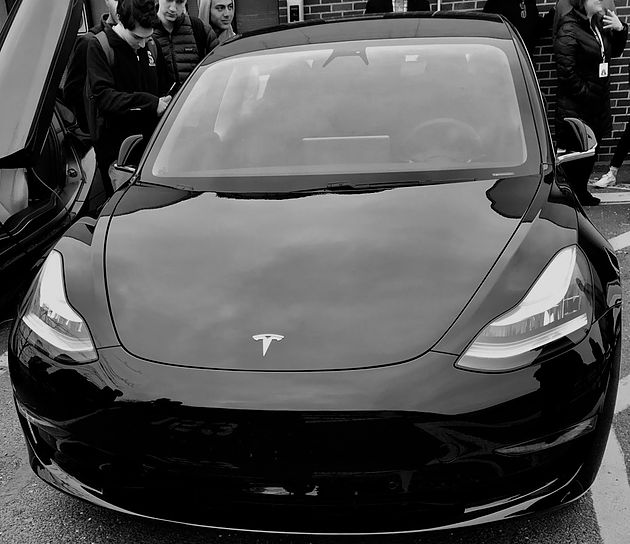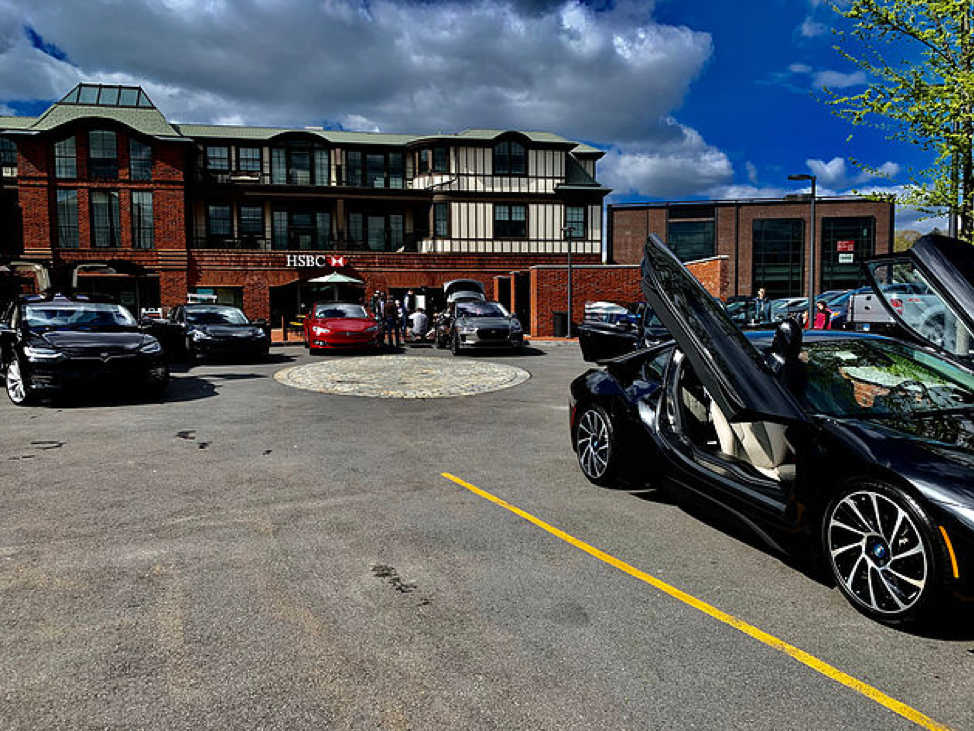The New Shorter, Long-Range Version Of The Model 3
Mid-Price Model 3 Expected To Begin Deliveries in June It’s a nice problem to have. Last summer, Elon Musk announced that due to too much demand, Tesla was suspending production of its long-range, non-performance variant … Read more


